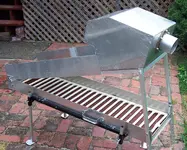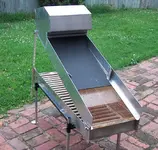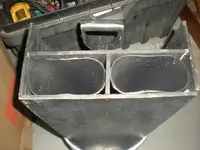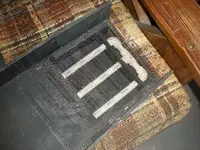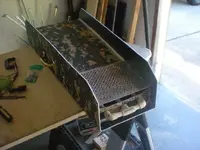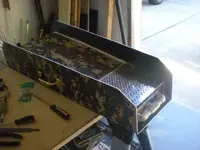Doitlaynstyle
Hero Member
Looks good. I'm going to be setting one up to go at the bottom of my current Highbanker. As it is we can have three guys shoveling into it as fast as we can and I couldn't overload it. If you look at my YouTube you can see the last vid where I was running it with the letrap at the end to see if anything was making it through and after four hours and three guys shoveling we only found ten or eleven tiny little flakes of superfine flour gold. Like yours I'd like to know for sure that I'm getting all the gold I possibly can get but without having to set up two full length sluice beds. We will be running the Highbanker with gold hog matting next time we go out. We did our last cleanup with it and it didn't miss a flake. Cut the concentrates down to almost a half a pan compared to a quarter bucket like what I will get out of my Clarkson style rifles and miners moss.
Your header design is real nice. Looks very adjustable. How do you know that your flow is right in the fluid bed? Is there some trick to adjusting that? and your stand all out of pvc must have lightened things up quite a bit. That's some good work there.
Your header design is real nice. Looks very adjustable. How do you know that your flow is right in the fluid bed? Is there some trick to adjusting that? and your stand all out of pvc must have lightened things up quite a bit. That's some good work there.



 Fed by a 4" dredge!
Fed by a 4" dredge!